QuestionI've been keeping leos for a while but this is my first male.
I got him 3 weeks ago and after his quarantine, I set him in a viv with one of my females in hopes that he would mate.
He ignored her and actually it was my female that was licking and climbing on him. She prefers to be wherever he is. This isn't normal behavior for a female but i've been ignoring it.
Well today was the first time I saw him shed. His skin on his tail stuck so after 6 hours of watching him do absolutely nothing about it, I soaked him and took it off with a qtip.
Before I returned him to his viv, i turned him to over to check if the skin was gone. It was, but the skin stretching from his femoral pores to his vent was bright blue! It had never been like this before. Also one of his hemipenes (the left one) was blue. It looked like there was a possible prolapse as I did see a bit of red poking out but to my best knowledge he has never attempted to mate with the female.
I put him back in the viv on the hot side to see if the warmth might fix the discoloration, but before he was completely inside he began squirting me with water! It did not smell and nearly a tablespoon shot at me!
This is definitely behavior I have never seen. What could have caused the discoloration? Was it a prolapse and I just never saw him attempt to mate? What about the water? Was that due to the soaking?
I'm worried about the little guy and I'm wondering if this is all normal or if a vet visit is in order.
Answer First, any animal that is new should be quarantined for 60 to 90 days. Second, two weeks after purchase he should be vet checked for parasites. This may be a prolapse so soak his little bottom and wrap in a wet cloth soaked in sugar water and have him seen by the vet. Bring the female too to be checked because prolapses can be caused by high parasites in the gut.

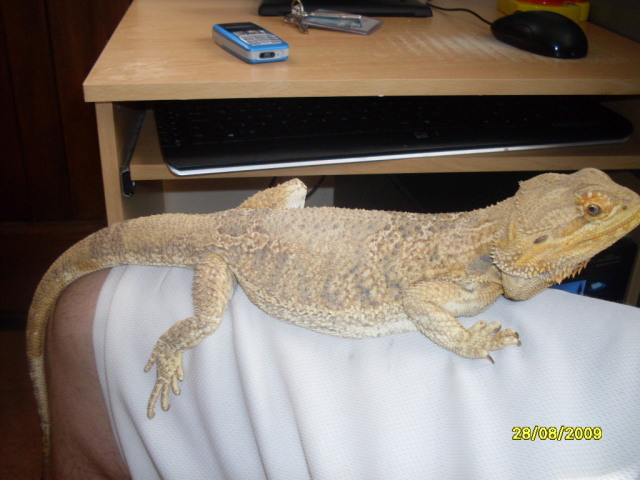 bearded dragons health
QuestionQUESTION: hi i recently took in a male bearded
bearded dragons health
QuestionQUESTION: hi i recently took in a male bearded
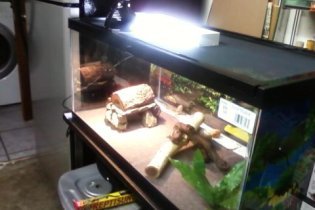 Bearded dragon stressed.
QuestionQUESTION: I have been working with Diane on thi
Bearded dragon stressed.
QuestionQUESTION: I have been working with Diane on thi
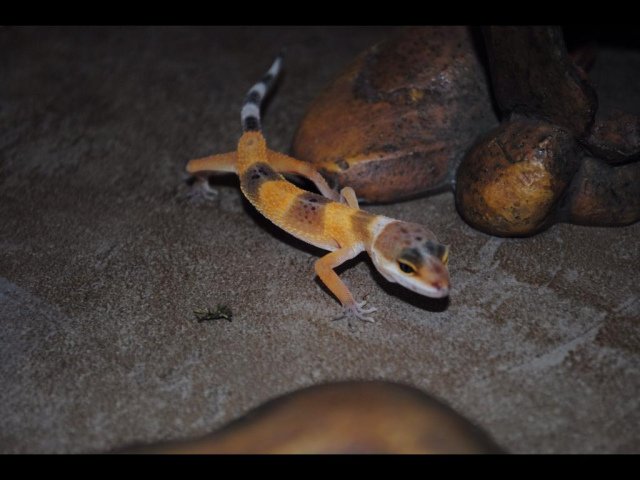 Picture of my leo
Question
My baby Leo
Hey,Sorry I had to make another qu
Picture of my leo
Question
My baby Leo
Hey,Sorry I had to make another qu
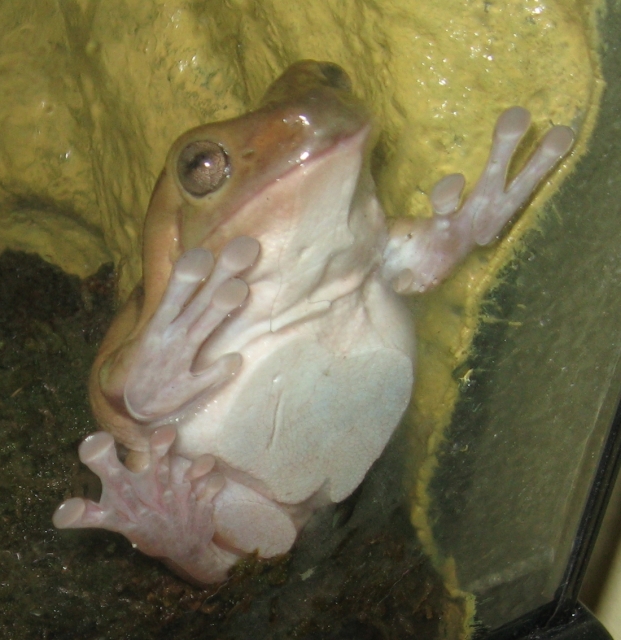 dumpy tree frog eating habits
QuestionAre her feet normal?
QUESTION: I have ba
dumpy tree frog eating habits
QuestionAre her feet normal?
QUESTION: I have ba
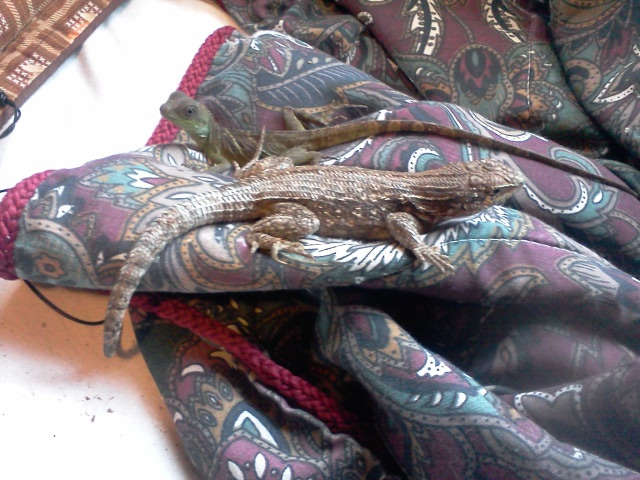 lizards concernings
Questionchinese water dragon&
agama lizard
lizards concernings
Questionchinese water dragon&
agama lizard